Hybrid Solar Cum Wind Energy Trainer
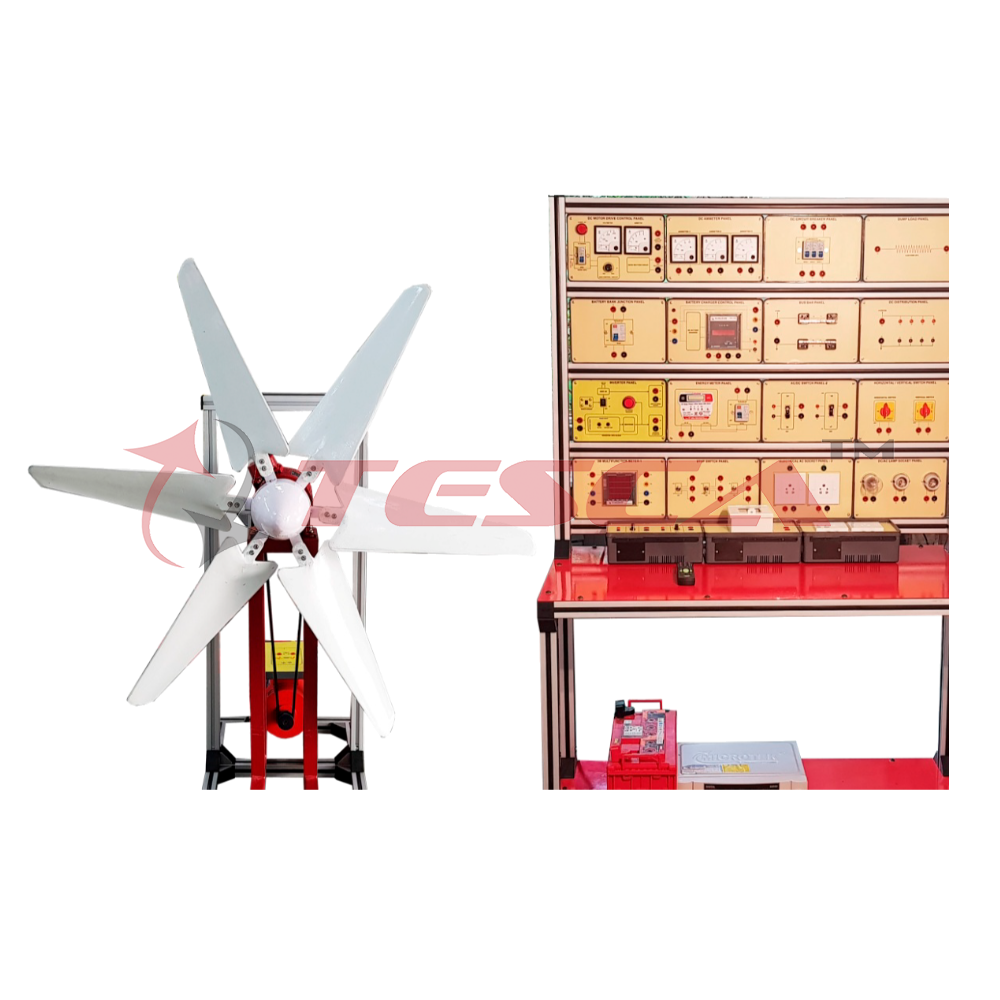
Order Code: 32490
Category: Environmental Trainers
Renewable energies are energy sources that are continuously being replenished by natural processes that occur on human timescales. In contrast, fossil fuels (coal, natural gas, oil) require millions of years of geological processes to form. Our resou
SPECIFICATION
Key features
- MPPT based State-of-the-art Latest Technology for Optimum Performance
- Pure Sine wave Output to run all Sophisticated Appliances
- Priority Selection Option for Wind/Solar / Battery / Grid
- Option to Enable and Disable Grid Charging
- Peak Output Power handling capacity
- Intelli Overload sense with Short Circuit Protection
- Battery Deep Discharge Protection
Renewable energies are energy sources that are continuously being replenished by natural processes that occur on human timescales. In contrast, fossil fuels (coal, natural gas, oil) require millions of years of geological processes to form. Our resources of fossil and nuclear fuels (e.g. uranium) are limited.
Regenerative energies, on the other hand, are virtually in exhaustible.
Wind energy is a form of solar energy. Wind energy (or wind power) describes the process by which wind is used to generate electricity. Wind turbines convert the kinetic energy in the wind into mechanical power. A generator can convert mechanical power into electricity. Mechanical power can also be utilized directly for specific tasks such as pumping water.
Wind power is the use of air flow through wind turbines to provide the mechanical power to turn electric generators. Wind power, as an alternative to burning fossil fuels, is plentiful, renewable, widely distributed, clean, produces no greenhouse gas emissions during operation, consumes no water, and uses little land.
The net effects on the environment are far less problematic than those of nonrenewable power sources. Wind farms consist of many individual wind turbines, which are connected to the electric power transmission network. Onshore wind is an inexpensive source of electric power, competitive with or in many places cheaper than coal or gas plants. Offshore wind is steadier and stronger than on land and offshore farms have less visual impact, but construction and maintenance costs are considerably higher. Small onshore wind farms can feed some energy into the grid or provide electric power to isolated off-grid locations.
Solar PV Cells energy (or Solar power) describes the process by which wind is used to generate electricity. Solar PV Cells converts the Solar energy into electrical power. DC to AC inverters are used to convert DC energy derived from PV Cells in AC energy or AC Power Supply.
Solar power, as an alternative to burning fossil fuels, is plentiful, renewable, widely distributed, clean, produces no greenhouse gas emissions during operation, consumes no water, and uses little land. The net effects on the environment are far less problematic than those of non-renewable power sources.
Solar farms consist of many individual PV Cells, which are connected to the electric power transmission network.
Specifications for Wind Generator
DC Motor Drive Control panel:
- 2 pole 1Ø 6A MCB of 230 V 50Hz.
- 300V DC Voltmeter & 5A DC Ammeter
- 0-200V Variable Armature Output and Fixed 200V Field Output
DC Ammeter panel:
- 3 No’s of 0-20A DC Ammeter
DC Circuit Breaker panel:
- 3 No’s of 1Ø 16A MCB Circuit Breaker.
Battery Bank Junction Panel:
- 2 pole 1Ø 16A ELCB Switch.
Dump Load panel:
- 0.5Ω /100W resistive load.
Socket Panel:
- 3 No’s of Screw Base Lamp Socket.
- 2 No’s of 1Ø AC Electrical Socket.
Switch Panel:
- 1 No’s of 16A Cam operated rotary Horizontal Switch.
- 1 No’s of 16A Cam operated rotary Vertical Switch.
- 2 No’s of AC/DC switch.
- 3 No’s of Stop (Toggle) Switch
Bus Bar & Distribution Panel:
- 12V DC bus bar
- 12V DC Distribution bar
Battery Charger Control Panel:
- 3Ø Battery Charger with DC Energy Meter to measure DC parameter of Battery.
3 Phase Multifunction Meter
- 1 No’s. of 3 Phase Multifunction Meter to measure AC voltage, current, power etc
Energy Meter Panel:
- 1Ø AC two wires static kWh Meter with 2 pole 1Ø 16A ELCB Switch.
Inverter Panel:
- 900VA pure sine wave Inverter with AC Output Indicator.
Battery Panel:
- 12V, 100Ah Tubular Battery for storage.
Wind Simulator:
- Wind Simulator with DC Shunt Motor and 3Ø Alternator.
3 Phase Alternator
- Speed-500 RPM
- Capacity-100 VA
- Voltage-12 V
- Current-8 A
- Frame-90
DC SHUNT MOTOR
- Capacity-1 H.P.
- Voltage-200 V
- Current-4 A
- Speed-1500 RPM
- Frame-90
- EXCT 200 V D.C.
SPECIFICATION FOR 1kw GRID-TIE INVERTER
Capacity : 1KW
Input (DC)
Max. DC power(W) : 1.2KW
Max. DC Voltage(V dc) : 60
MPPT Tracking Voltage range : 40-160
Number of MPPT Tracker : 2
String Connector per MPPT : 2
Max. input Current : 15A+15A
Min. Start-up Voltage(V) : 60V
Output(AC)
Nominal output power(W) : 1KW
Max. output power(W) : 1KW
Nominal grid voltage(V)/Range(V) : 220/230/240/180-265(Adjustable)
Nominal grid freq/Range(Hz) : 47-52Hz or 57-62Hz(Adjustable)
Max. Output current(I) : 4.76
AC connection( with PE) : Single Phase
THD(%) : <2.5%
Power factor(%) : >99.9
Efficiency
Max. Efficiency (%) : 97.8
Max. Euro Efficiency (%) : 97
Max. MPPT efficiency (%) : 99.9
Standards, Safety & Protections
Safety : DC Reverse -Polarity & SC Protection, DC/AC side Varistor (Thermally Protected), Grid monitoring & Anti Islanding ,Transformer-less Isolation
Protection class : 1 (According to IEC62103)
Overvoltage Category : PVII/Mains II(According to IEC62109-1)
Safety Standard : IEC 62109-1&2,IEC 62116
EMC Standard : IEC 61000-6-1/2/3/4
Environment protection : IEC 60068-2-1/2/14/15
Ingress Protection : IP 65(Accordance to IEC 60529)
Physical Parameters
Dimensions (WxHxD) mm : 399x565x172
Weight(kg) : 16.5
Display LCD : 2x20
General Data
Operating Temperature : -25to 60 degree
Night Con.(W)/Noise level/ : <0.2/<25dB
Heat Dissipation : Natural Convection
RH/Max. Altitude 0% to 98% .No Condensation/<2000 without power derating
Display : LED with Graphics
Communication Interface : Wi-Fi
Standard Warranty : 5 Years(on manufacturing defects with company recommended DC & AC protections
Solar Cell Specifications
Experiments Possibilities
1. To Study in tandem Solar/Wind Energy control
2. To Study individually Solar Energy System
3. To Study individually Wind Energy System
4. To Study the working of DC Motor Drive Control Panel
5. To Study the working of DC Motor Drive Control Panel to drive wind simulator
6. To Study the working of battery Charger Controller
7. To Study the working of inverter
8. To Study the working of inverter & Energy meter with Load
9. To Study the working of Lockout / Tag-out Panel
10. To Study the working of Stop switch pane
11. To Study the working of Horizontal / Vertical switch panel
12. To Study the working of DC Distribution Panel and AC/DC Switch
On Site Requirements:
Three Phase 440V @ 50 Hz & Single Phase 230V @ 50Hz Power Supply
Standard Test Bench for Placement of parts: Qty. 2 nos.
Hand Tools for fitting and re-fitting of parts.

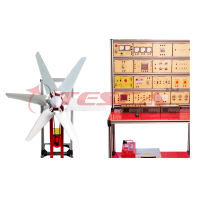
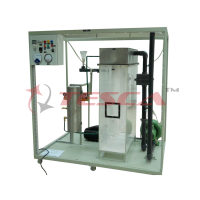

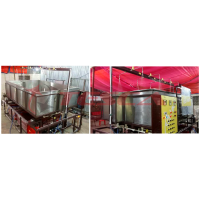

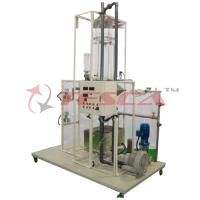
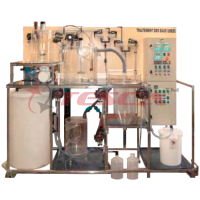
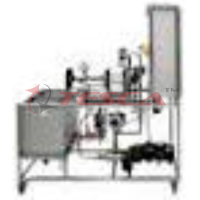
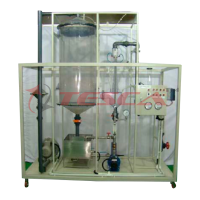

 91-9829132777
91-9829132777